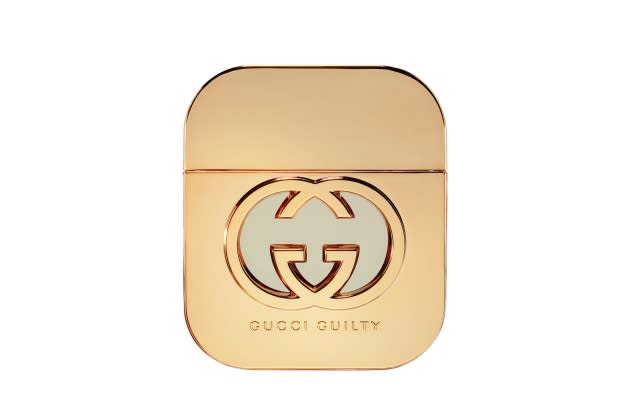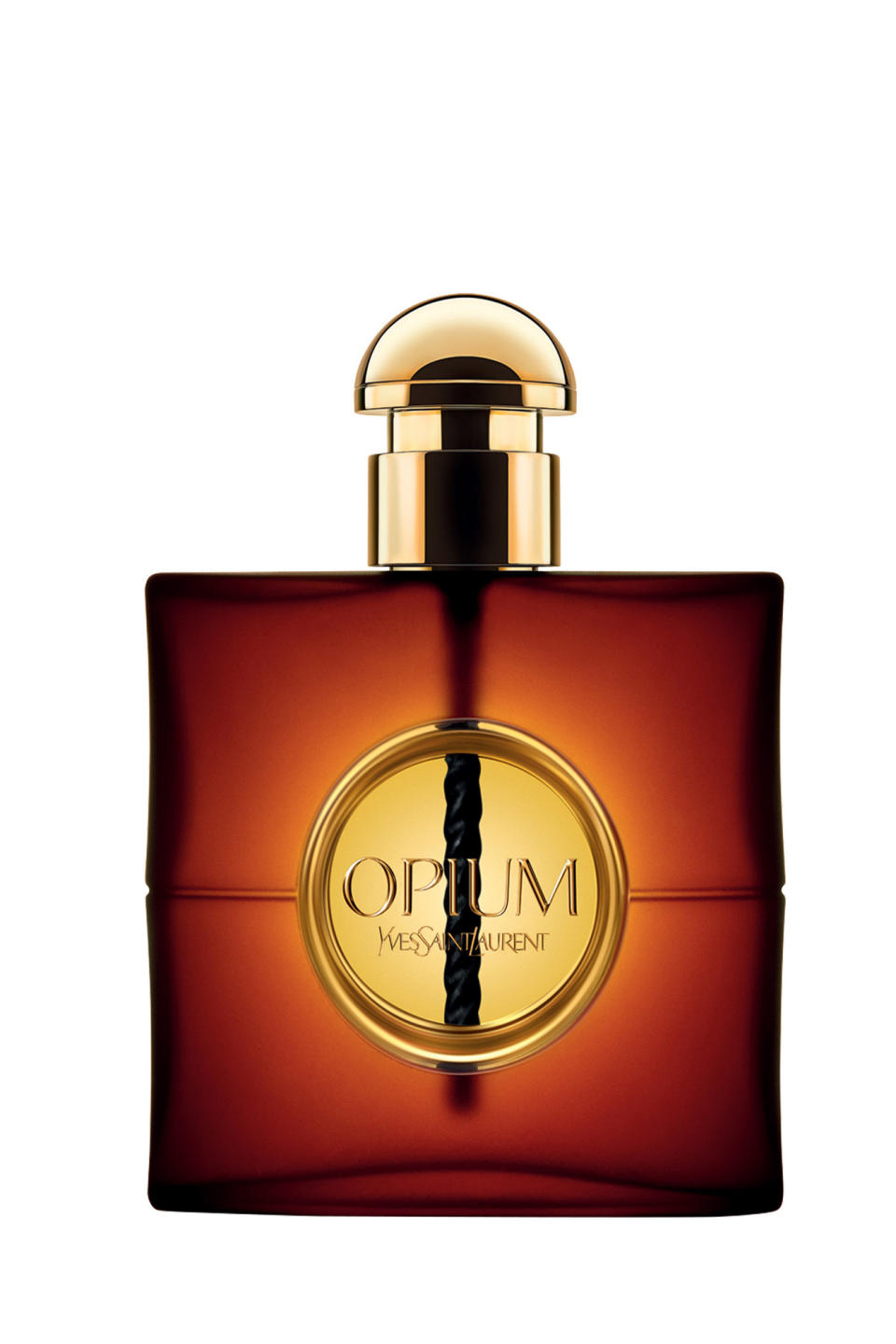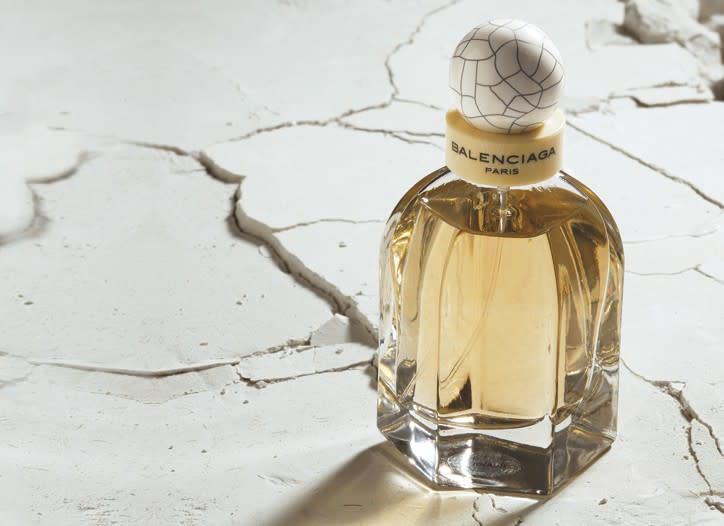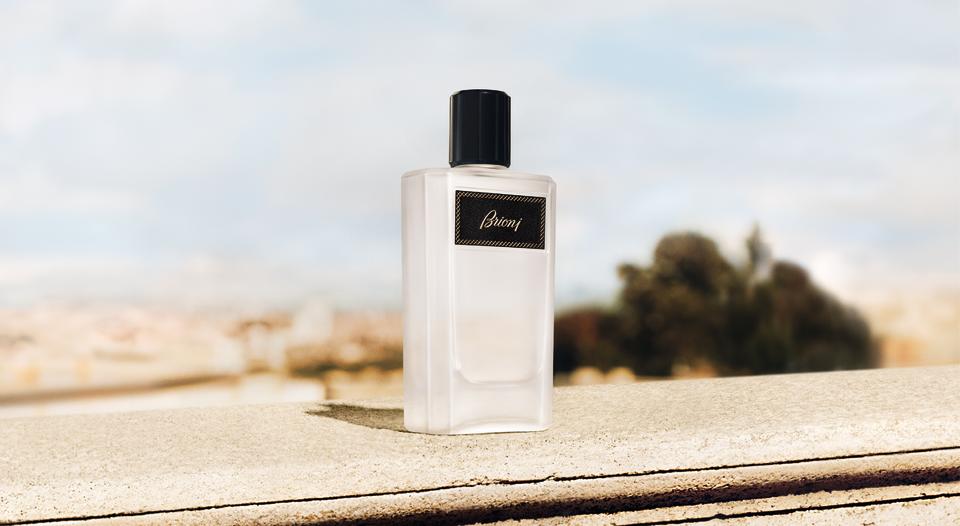The Buzz About Kering’s Beauty Business
- Oops!Something went wrong.Please try again later.

PARIS — The buzz around Kering and its potential entry into beauty keeps amplifying. Will the French luxury conglomerate — or won’t it — take some of its activity back in house? And could other beauty acquisitions be in the offing?
A spokesperson at the company, whose portfolio includes Gucci, YSL and Balenciaga, had no comment. Yet, industry insiders believe the answer is “yes,” and that a shift might come sooner rather than later.
More from WWD
“Kering, and the luxury goods industry overall, have been on a one-way journey, that is taking back quasi full control of the brands they own,” said Thomas Chauvet, head of European Luxury Goods Research at Citi. “This started 20 years ago, with greater focus on directly operated retail distribution, buyback of franchisees and licensed business, rationalization of independent multibrand partners and conversion of wholesale doors in department stores into a concession model.”
Taking control over its beauty operations could be the next logical step. As others have shown, the do-it-all-yourself at-home model can pack a powerful punch.
“[Kering brands’] competitors — Dior, Chanel and Givenchy — have everything — fashion, beauty, leather goods, jewelry, etcetera — under the same roof. It gives for sure more consistency, synergy and power to the brand,” said Eric Henry, president of the brand-building consultancy EH4B.
Kering has recently hinted at the idea of sharpening its focus on beauty, and industry experts think that could make good business sense, especially as the group now has a stronger balance sheet and net cash position with which to do deals.
“If they’re not finding transformational — or at least sizable — acquisitions in fashion or in jewelry, they will do something ad hoc while continuing to buy back shares,” Chauvet said. “Something a bit easier — internalize beauty, just like what they did with eyewear five years ago.”
Late last month, a Kering executive suggested the group is ready to explore beauty.
Jean-François Palus, group managing director, said during a conference call with financial analysts on July 27 that Kering has been encouraged by the success of its eyewear division, launched in 2015, for which it is targeting revenues of 2 billion euros in the medium-term.
“Regarding beauty, it is a natural extension of our brands’ territory, and you know that currently, we operate under a license model,” he said. “But our success with Kering eyewear demonstrates that we can create a lot of value for the brands, on the one side, and as a consequence, for the group, by taking some disruptive and innovative approaches.
“So beauty is definitely an area where we could contemplate some initiatives in the future, and all options are open,” Palus continued.
Kering is no stranger to beauty. Until the late aughts, the group, then called PPR, took a more hands-on approach to fragrance and cosmetics. At that time, PPR’s Gucci Group had a beauty subsidiary named YSL Beauté, which included fragrance and beauty brands and licenses, such as Yves Saint Laurent, Stella McCartney, Boucheron and Ermenegildo Zegna, before it was sold to L’Oréal in 2008 for 1.15 billion euros. Kering then retained ownership of the Yves Saint Laurent, Boucheron and Stella McCartney brands, and L’Oréal divested some of the holdings.
That YSL Beauté business was never huge. At the time of its purchase, the activity placed 29th globally, according to the WWD Beauty Top 100 ranking that reflected 2007 revenues. That year, the YSL Beauté activity generated sales of 649 million euros.

Courtesy Photo
(In comparison, rival LVMH Moët Hennessy Louis Vuitton’s fragrance and beauty business — with brands such as Parfums Christian Dior, Guerlain, Parfums Givenchy and Parfums Kenzo — placed 11th, with sales of 2.73 billion euros.)
Today, the jewels in Kering’s crown are Gucci, whose beauty license is held by Coty Inc., and Yves Saint Laurent, still with L’Oréal. Industry sources estimate those generate sales of a half-billion euros and 1 billion euros, respectively.
Coty also operates the Alexander McQueen, Bottega Veneta and Balenciaga fragrance and beauty licenses. Interparfums runs Boucheron’s business in perfume, while Lalique Group develops Brioni’s fragrance business.
Among Kering’s other fashion and jewelry brands: Neither Pomellato nor Dodo has an active fragrance business at present. And the status of Qeelin, a fine jewelry company, in the beauty space could not immediately be learned.
During the analyst call, Palus declined to comment on the length of Kering’s existing beauty licenses, but it is believed none is set to expire any time soon. Industry sources estimate that the Coty-owned businesses have more than five years left on their meters, for instance.
Coty has been Gucci’s license-holder since it was purchased from Procter & Gamble in 2016, as part of a bigger deal. Wella and Escada Beauté had been former licensees, but it was Mennen that signed the first Gucci fragrance license in 1978. WWD articles from past decades repeatedly cite that the original license had a 50-year duration, which makes a possible expiration date be 2028.
A Coty spokesperson declined comment on speculations.
In the recent past — and prior to Sue Nabi becoming Coty chief executive officer in September 2020 — Kering had expressed dissatisfaction with Coty for failing to capitalize fully on Gucci in the fragrance and beauty segment.
“The potential is absolutely huge, and we are quite frustrated by the speed at which this potential is being exploited,” said Kering chairman and CEO François Henri Pinault in February 2020.
But Nabi’s appointment has seemed to portend a more harmonious chapter between the two parties.
“The management changes that took place at Coty have been positive overall,” Chauvet said. “It’s helped the relationship. There have been a few fragrance launches that have gone well.”
Meanwhile, Yves Saint Laurent’s fragrance and beauty business has been growing at L’Oréal. When the world’s largest beauty company acquired the license, the specific terms were not disclosed. However, the deals for YSL and Boucheron were described as lengthy and global.
When asked about the YSL license this week, a L’Oréal spokeswoman said: “L’Oréal’s licenses are very long term.”
She had no comment on whether Kering had approached L’Oréal to buy back the YSL license.
Coty’s agreement for the Bottega Veneta license dates from December 2009. Then in December 2010, Boucheron and Interparfums signed a global licensing deal for the creation and management of the jeweler’s new and existing fragrances. That 15-year contract began on Jan. 1, 2011.
When Coty sealed the $12.5 billion acquisition deal for 43 P&G brands, alongside Gucci, it snapped up the Alexander McQueen fragrance license for an undisclosed length of time.
Coty inked the scent deal with Balenciaga in October 2008, while Brioni’s tie-in with Lalique Group was announced in December 2019. It was said to run through the end of 2024.

George Chinsee
How Kering might dive back into beauty is an open question. But the power of beauty is certain.
“Beauty is a great category for image and customer recruitment for luxury brands,” Chauvet said. That’s especially true for the younger cohort.
He likened beauty to the eyewear and sneaker segments, for instance. But while sneakers are developed in-house, beauty and eyewear are generally licensed out in return for the payment of a royalty fee, which makes these activities highly profitable.
Six years after Kering took back its eyewear business from Safilo Group SpA, it now knows how an entry-level category can grow in-house.
“That has given them confidence to complete a similar move in beauty,” Chauvet said. “It’s a way to better align the image and values of the core fashion business with the licensed business — whether that’s eyewear or beauty. It brings more control, from product design to marketing all the way to the quality of distribution. Medium term, this could be accretive to cash profit.”
Richemont subsequently took a stake in Kering eyewear, and that led to cross-selling opportunities on the platform with various brands.
Some industry experts believe Kering’s beauty focus will be centered on Gucci, rather than on the group’s entire fashion and jewelry brand portfolio. But if Kering buys the rights back from Coty before the license is up, it would make strategic sense to do the same for Kering’s other brands there.
What a license buyback would cost is anyone’s guess, industry sources say. Alongside the valuation, there are other elements to be factored in.
There might, for instance, be a service agreement, if Kering were to opt not to manufacture products in-house from the get-go. It could internalize just front-end marketing and communications at the outset, and keep production with Coty, for example.
The beauty business is a specialized one — of a different ilk from fashion.
“It’s two different worlds, two different cultures,” said Joël Palix, founder of boutique consultancy Palix Unlimited. “You need a team of executives from beauty, and you need a certain autonomy.”
The beauty business is famously difficult to crack without an industry partner.
Burberry is a case in point. The fashion brand took its beauty business back in house at the end of 2012 from Interparfums — with which it had launched color cosmetics in 2010 and numerous fragrances in prior years. Burberry paid 181 million euros, exclusive of receivables, inventories and other assets to do so.
Burberry then launched its in-house beauty division with much fanfare on April 1, 2013. However, just a few years later, it decided the activity was better outsourced.
In April 2017, Burberry said it had signed a license with Coty to accelerate the growth and development of its beauty business. The exclusive agreement was to take effect starting October 2017.
Burberry had established beauty as one of its main business pillars, along with fashion and accessories. The company widely touted the strategy as a way for it to upgrade the positioning of its fragrances and reap more profits, drastically slashing the number of fragrance outlets that carried the brand in the U.K. It even had plans for a premium skin care line. Burberry also wanted to market its beauty products with fashion and accessories, which it felt the brand could not do with a licensee.
Burberry said in a statement at the time it would lead “on creative elements of the beauty business,” while benefiting from “Coty’s deep beauty industry expertise and first-class global distribution.”
One company that’s been highly successful in unifying and leveraging its brands’ fashion and beauty businesses in-house is Puig. The Spanish group has actively been building a strong portfolio of labels that seamlessly trade in both realms, and use synergies for storytelling and other brand-building elements.
In 2016, for instance, Puig acquired the Jean Paul Gaultier fragrance business, after having already owned a majority stake in the designer’s fashion activity for four years.
Puig chose not to outsource the Dries Van Noten fragrance and makeup line, which it created from scratch with the designer, whose fashion label the group owns. The result was totally in sync with Van Noten’s fashion image.
Puig has, as well, managed to take a relatively small fashion brand — Paco Rabanne — and build a top-selling worldwide fragrance business for that.
Critical mass is key in the beauty industry.
“Taking Gucci alone and trying to make it a beauty brand on it own raises challenges,” Palix said. “You need to have the infrastructures, the companies in each country. You don’t want to go through distributors, because it would actually be going backward. You need to do it in a big way — or not [at all].”
He believes that if Kering is really interested in shifting its beauty model, that should be done in a short period of time — two to three years, tops. And the activity would need to generate upward of 1 billion euros in sales fast.
“Or else it’s not going to work,” Palix said.
The beauty business could include a major acquisition at its core, beside Gucci. And Kering possibly has already been looking.
Industry sources say the group was interested in acquiring Byredo, which was snapped up by Puig in late May, for instance. And there were reports a few years ago that Kering was eyeing The Estée Lauder Cos. Inc. as a potential takeover target, but the reports were never confirmed and no deal ever came to fruition.
Acquiring a beauty brand or brands unrelated to its fashion portfolio could help Kering build up certain skill sets, such as those pertaining to manufacturing or distribution. Learnings could also be obtained through setting up a joint-venture partnership.

Courtesy Photo
There’s little doubt that Kering’s fashion brands could have a strong presence in fragrance and makeup, but some experts question whether skin care is a natural fit.
“There’s a limit to how much you can stretch a fashion brand,” said Chauvet, who added in skin care, a brand needs more scientific credibility, and that it’s not as much of an accessory as perfume or color cosmetics.
“I don’t think Dior, Chanel, Yves Saint Laurent or any other fashion brand has made a real statement in skin care,” said one industry source, who requested anonymity.
Another believes for Gucci, skin care is less important than fragrance and makeup, and that the real priority is to better align those with the brand’s fashion.
Makeup is trickier to enter than fragrance as a category. Still, Hermès International successfully launched itself into color cosmetics in the recent past.
In fragrance, McQueen and Bottega Veneta are among the sleeping beauties, and Kering could, for instance, try to whip up a similar lather of excitement for Balanciaga’s perfume business as it has for the brand’s fashion.
“It hasn’t translated into fragrance yet,” Palix said. “Making Balenciaga a more edgy fragrance brand could be an interesting step.”
Sign up for WWD's Newsletter. For the latest news, follow us on Twitter, Facebook, and Instagram.

